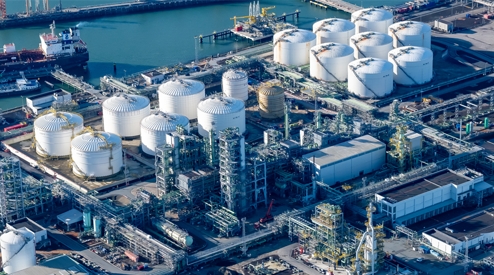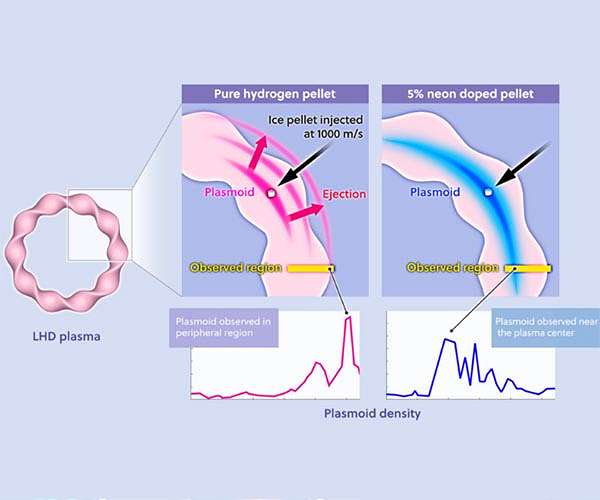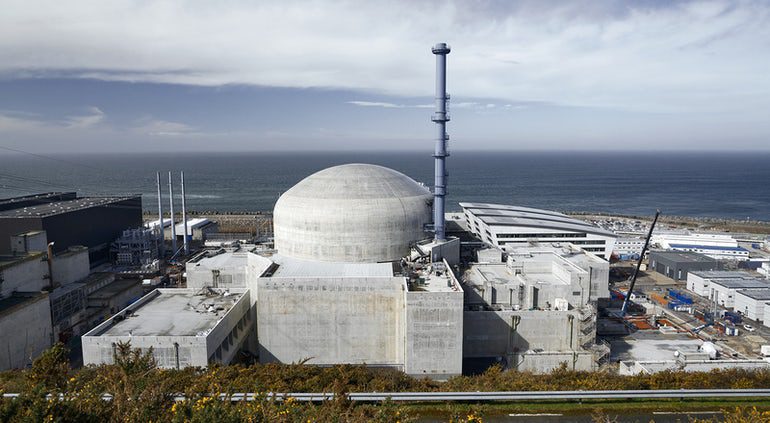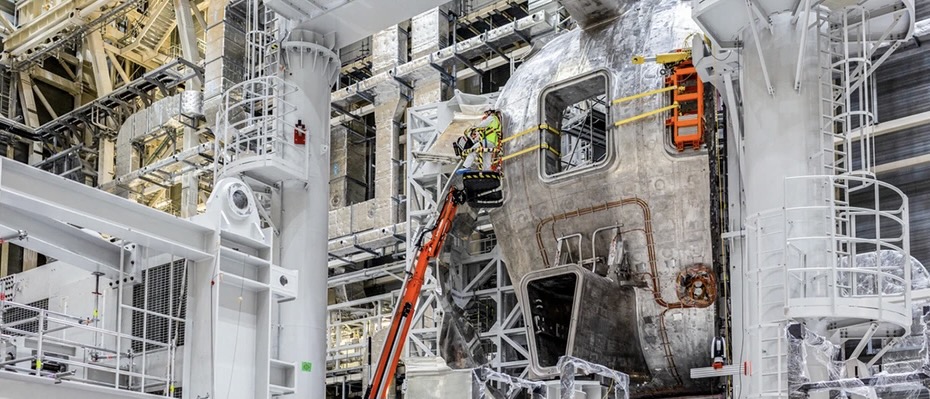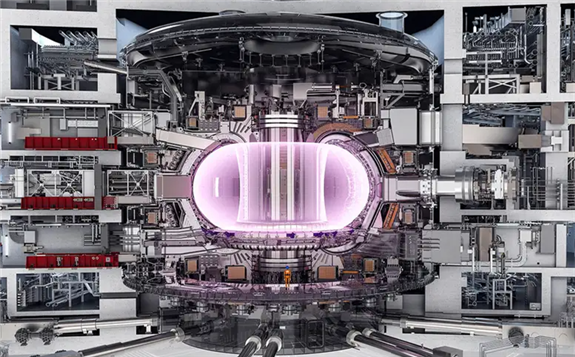Russia’s deputy prime minister Alexander Novak expects the oil output to rise by 5 per cent next year and reach its pre-pandemic level by May 2022.
Novak informed on Friday that Russia’s production of crude and condensate in 2022 is expected to rise by 5 per cent to about 540 or 550 million mt, or up to 11.045 million b/d.
Previously, Novak stated that the country’s oil production is set to reach the pre-pandemic level by May next year, as the OPEC+ alliance continues to increase output monthly to meet rising demand.
To remind, since April 2020, Russia has been actively coordinating oil production with a number of OPEC and other non-OPEC producers, collectively known as the OPEC+ agreement, aiming to curb crude oil production in response to rapidly declining demand resulting from the Covid-19 pandemic.
On July 18, 2021, OPEC+ agreed to begin increasing production quotas for the participating countries and to extend the duration of the OPEC+ agreement through the end of 2022. The deal followed an impasse in negotiations a few weeks earlier when the representative of the United Arab Emirates (UAE) demanded a revision to its crude oil production baseline, which is used to calculate countries’ respective production quotas.
The July 2021 deal resulted in an increase in Russia’s production baseline from 11.0 million b/d to 11.5 million b/d starting in May 2022 and also allowed Russia’s production quota to increase by 100,000 b/d per month beginning in August 2021, according to the U.S. Energy Information Administration (EIA).
Based on the data provided by the U.S. Energy Information Administration, Russia was the world’s third-largest producer of petroleum and other liquids – after the United States and Saudi Arabia – in 2020 as it had an annual average of 10.5 million barrels per day (b/d) in total liquid fuels production. In addition, Russia was also the second-largest producer of dry natural gas in 2020 – second to the United States – producing an estimated 22.5 trillion cubic feet (Tcf).
EIA believes that Russia’s crude oil production will get a boost in the short term when the greenfield projects, which have been under development in the past few years, come online and reach their peak production levels.
However, EIA also explained that declining output from Russia’s more mature fields – primarily in Western Siberia, Russia’s largest oil-producing region – may offset the production growth coming from greenfield development, which may result in Russia’s crude oil production declining by the end of the 2020s decade.
Even though companies are increasing drilling at some existing mature oil fields and are tying in smaller fields to existing infrastructure at larger fields to help increase recovery rates and mitigate some of the production decline, EIA does not think that brownfield development efforts in Russia will reverse the decline in production in the longer term.
On the other hand, S&P Global Platts Analytics reported on Friday that Russia’s production of crude and condensate will increase by 2.1 per cent to a total of 524 million mt, or 10.52 million b/d in 2021. While the Russian government does not provide breakdowns of crude and condensate output, the condensate usually accounts for around 8 per cent of production, the report adds.
Furthermore, Novak expects global oil demand to fully recover to the pre-pandemic level by the end of 2022: “Demand will continue to recover as it is growing in the world even though the pandemic has not gone anywhere and still comes in waves, but countries have learned to live with it.”
In addition, S&P Global Platts Analytics expects global oil demand to grow by 4.6 million to 4.8 million b/d in 2022 to average 103 million b/d, beating pre-pandemic levels.
Russia pushes for Nord Stream 2 certification by mid-2022
Novak further stated that Russia’s gas production will rise by 10 per cent in 2021, while exports will increase by 9.5 per cent. Russia’s gas production totalled 692.9 Bcm in 2020, down 6.1 per cent from 2019 levels, according to the energy ministry’s data.
Novak also expressed hope that the certification process of the now-completed 55 Bcm/year Nord Stream 2 pipeline will be completed in the middle of next year to ease the pressure of high gas prices.
The pipeline’s second string, just like the first string, was gradually filled with gas to build the required inventory and pressure and the gas-in procedure has been completed, however, commercial operations cannot start without regulatory clearance.
